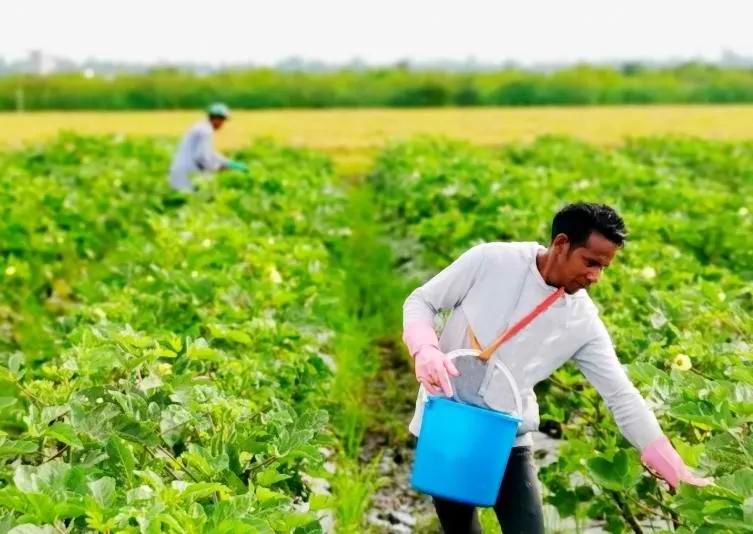Research (ICAR) along with the National Agricultural Higher Education Project (NAHEP) and the World Bank, is working to transform the curriculum in Indian agricultural universities. Planning is in place to uplift the institutes lacking infrastructure by providing them state-of-the-art language labs and a blended-learning platform. Despite the ambitious plans, sustaining the pace of transformation and the continuity of modernisation could be challenging.
The ICAR is also creating a Learning Management System (LMS) to allow students to pursue their education from remote places. With the World Bank, ICAR issued the Delhi Declaration on ‘Modernisation of Agricultural Education System’ highlighting the need to incorporate digital resources and tools for effective and accessible teaching and learning in Agriculture.
“To meet the requirements of the students as per NEP 2020, we have to set up mechanism for blended learning through the best teachers in our agricultural universities,” deputy director general, Indian Council of Agricultural Research (ICAR) . The blended learning system will be available not only to the students but also to farmers and graduates of other disciplines who wish to undertake vocational courses in agriculture,
Revising curricula
NAHEP is operational since 2018 and has been extended till March 2024. Under this project, 54 universities were provided support and reformative measures were intruduced. “To support this, Institutional Development Plan (IDP) focused on undergraduate programmes. Centre of Advance Agricultural Science and Technology (CAST), supported the opening of 16 centres of excellence for PG and PhD programmes and the third component is Innovation Grant (IG) for research and development.
The focus is to expand blended learning for wider reach in villages, where agricultural education is still limited. “We hope to build a student-centric system and as facilitators, we want to provide the platform to students to be able to access revised curricula that involve the usage of emerging technologies such as Artificial Intelligence (AI) and drone technology,”
The PG and PhD curriculum has been revised, the UG curriculum will be updated as per the latest requirements. We are in the midst of the Artificial Intelligence (AI) revolution, which will affect agricultural technologies. For example, We have created an LMS where students can choose a credit-based course or non-credit-based courses including those on emerging technologies,” explains, highlighting the need for teacher training in the adoption of new technologies.
Online platforms can empower learners
ICAR intends to bring teachers from all the agricultural universities on one platform to create digital content for the LMS. It has already facilitated portals such as Agri-DIKSHA, which have boarded 74 public-funded agricultural universities and several private colleges. “Smart classes conducted through Agri-DIKSHA portal help students listen to lectures from their favourite teachers and participate in live question-answer sessions,” . A resilient education system that can work perfectly in situations such as the Covid-induced lockdowns. the idea was adopted during lockdown so that in any future eventuality, the exams could be held and the practicals can be conducted through Augmented Reality (AR) and Virtual Reality (VR).
the apparatus to our universities, and we will make the system robust so that we can provide readymade alternatives to students including online classes and conducting online exams. We have created the infrastructure for the undergraduate students so that they can learn through the state-of-the-art technologies,” . NAHEP has supported more than 1,000 students to study for three-six months at the undergraduate level in more than 28 countries.
“We have provided the language labs to enable students to learn foreign languages, along with helping them with personality development. We have provided Rs 23-25 crores under the IDP to universities through which the infrastructure for students has been developed,” , pointing out that one good thing that has happened in agricultural universities is that 10 years ago there were only 23% of girls in them, but today they have 47% girls. In states such as Himachal Pradesh, there are 80% of girls in agricultural universities and in Tamil Nadu, there are 82% of girls in agricultural education.
However, that it is important that the transformation that has been set in motion should sustain itself, and that making digital content available for the continuously changing technological landscape can also be challenging but it must be done to perpetuate a culture of excellence in India’s agricultural universities.

